The 2024 Rolls-Royce Spectre Makes Perfect Sense as an EV

“Take the best that exists and make it better.”
As brand ethos go, those nine words from Sir Henry Royce take some beating. There’s a reason Rolls-Royce is held up as the gold standard of the ultra-high-end: a near-obsessive focus on the details elevates the Goodwood brand beyond the merely luxurious. Case in point: the Spectre, the brand’s first fully electric production model, features a remodeled (and retractable) Spirit of Ecstasy atop its nose. The team spent 830 hours tweaking the design of this icon alone.
We were lucky enough to not only recently review the Spectre, but get another go behind the wheel at a recent BMW Group-wide event. Rolls is quick to say that the the mission for Spectre was to create a Rolls-Royce first, and an EV second. After an afternoon with it—the day after my time with the Ghost—I’d go one further. This is absolutely a proper Rolls, but I believe that’s because it’s electric.
Still looks like a Rolls-Royce
There’s no mistaking the Spectre for any other brand’s product, that’s for sure. The Pantheon Grille and aforementioned Spirit see to that. The front-end takes the traditional face and tweaks the proportions for a more modern affair, all ultra-thin LED light signatures and squared-off forms. The very deliberate lines of a Rolls continue along the sides of the Spectre, where the long, long doors—coach-style, natch—only enhance the sense of length. (Total length is 215.6 inches / 5,475 millimeters.)
Yet it’s the coupe shape that embues the Spectre with a level of elegance its sedan (and SUV) siblings can’t match. The graceful downward curve of the pillars terminates in the subtlest of lip spoilers. Those clear taillights are an intentional “island” within the bodywork, chosen so that they may never clash with whatever paint choices the owner has made. I can only assume most of them will opt for the hand-applied pinstripe, because that alone is impressive. My favorite detail has to be the subtly raised chrome wrapping around the rear quarter-window. It could have simply sat flush with the body, but there’s a tactile, almost coach-built like feel to this detail instead.
Still feels like a Rolls-Royce
As you’d expect of a car costing on the far side of $400,000 (USD) to start, just about every potential option is on the table for cabin trimmings. But the architecture remains the same: a cliff-face of a dashboard, with a minimum of fuss and only the finest materials. It takes a concerted effort to find anything in the cabin that is plastic—the stalk-ends and bits of the overhead console. Flick the vents and there’s the tell-tale twang of solid metal. The orange shag carpet is so thick and soft I feel guilty wearing my shoes inside, like a guest at a house.
While more Rolls are driven by their owners these days, the back-seat experience still matters. Access is excellent thanks to the coach doors, and each seat is supremely comfortable. There are of course all manner of controls in the back, because why wouldn’t there be?
It’s all so quiet, too. That’s long been a brand staple of course, but the electric powertrain only enhances the silence. I struggle to hear the suspension doing its thing.
Is it perfect? I'm not sure the iDrive-based infotainment system is, as although it's very good and has some of the better voice recognition out there, it still requires too much poking and prodding.
Still drives like a Rolls-Royce
The Spectre is on another level of comfort and waftability. Yes, even compared to the Ghost.
The twin-motor layout isn’t obscenely powerful: it peaks at 584 horsepower and 664 pound-feet of torque. Obscene power isn’t very Rolls-Royce, anyway. The Spectre is still quick, mind: it’ll crack off runs to 62 mph (100 km/h) in the mid-4s, repeatedly. But how it goes about that is very different from not only its siblings, but other EVs.
There’s a delicious smoothness to progress. The closest analog I have is a 787 Dreamliner, and how the plane’s sheer size (and boatloads of tech) smooths out just about any small turbulence. The Spectre doesn’t launch; it scoops you up in a velvet glove and ushers you towards the horizon. It’s assertive but not boastful, and smoother than even the most refined V12 ever could be.
The battery pack offers up 105-kilowatt-hours of usable capacity, and is slung down low. Range is quoted at 260 miles (418 kilometers), but the trip computer suggested that is conservative. It’s almost academic, really: longer trips are the domain of helicopters or chartered jets for the average Rolls-Royce owner.
There are no drive modes here. No myriad parameters to tailor for your individual tastes. The Spectre is constantly—and unnoticeably—adjusting to the road ahead anyway, using a combination of sensors, GPS, and cameras to prepare for that mid-corner ridge or crumbly road edge. Impressively given all this isolation, the steering wheel isn’t mute. The tiller provides the useful information about those big front wheels—it just filters out everything else.
Delivers on a 123-year promise
Famously, Charles Rolls predicted electric vehicles would “ become very useful.” In 1900. (He also foresaw the issue of charging station availability, but I digress.) The Spectre is obviously far beyond merely “useful,” but it exemplifies what the brand has always strove for. Complete serenity on a drive is the marque’s particular brand of perfection, and the Spectre delivers that in a way no ICE vehicle can match.
Become an AutoGuide insider. Get the latest from the automotive world first by subscribing to our newsletter here.

Kyle began his automotive obsession before he even started school, courtesy of a remote control Porsche and various LEGO sets. He later studied advertising and graphic design at Humber College, which led him to writing about cars (both real and digital). He is now a proud member of the Automobile Journalists Association of Canada (AJAC), where he was the Journalist of the Year runner-up for 2021.
More by Kyle Patrick



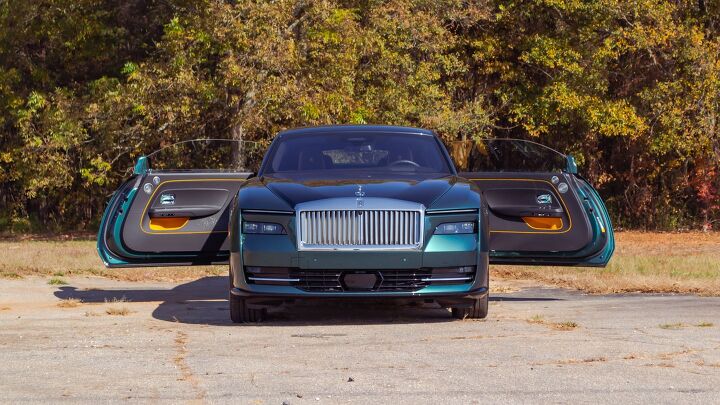

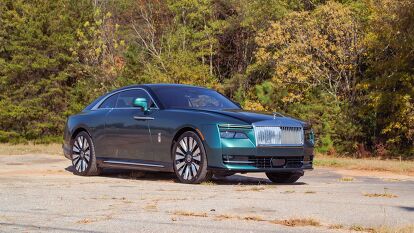




































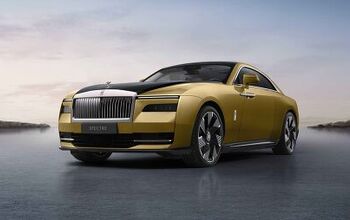
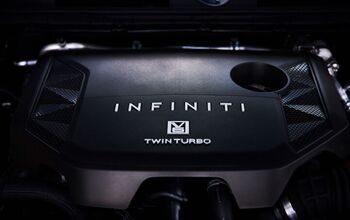



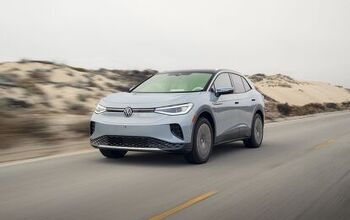






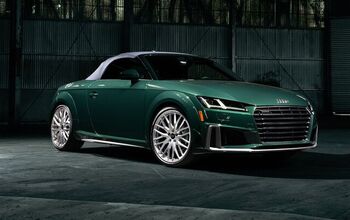


Comments
Join the conversation